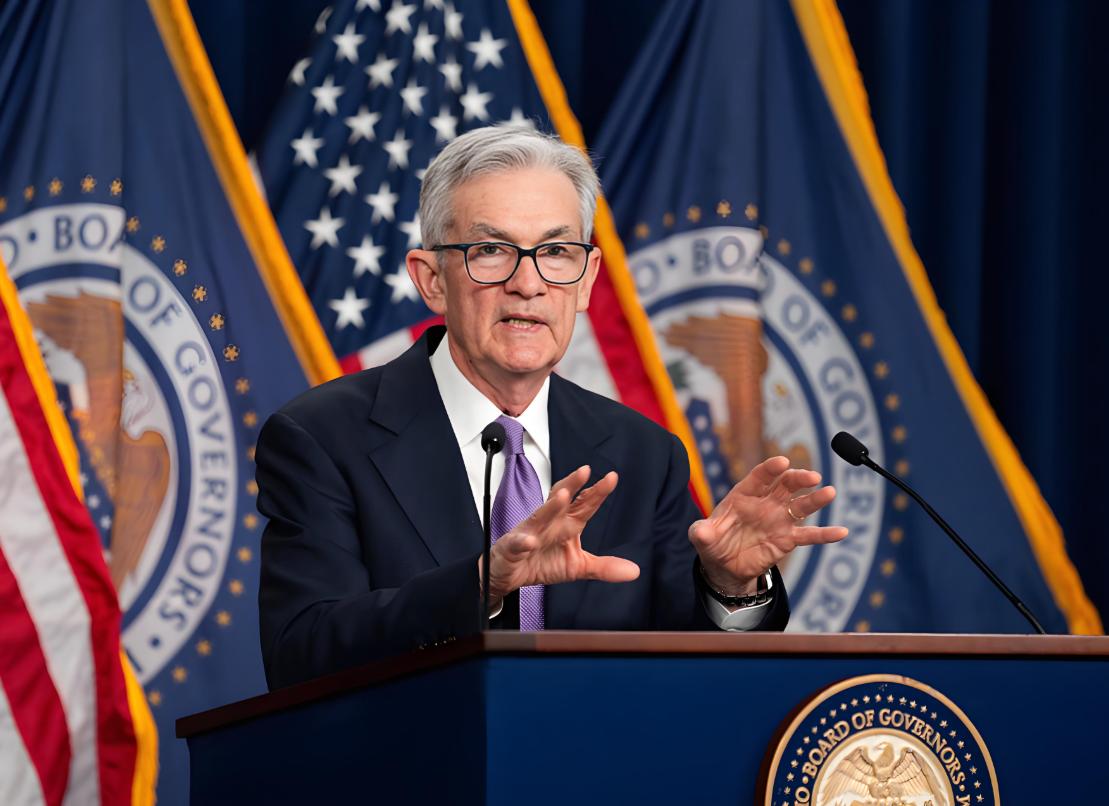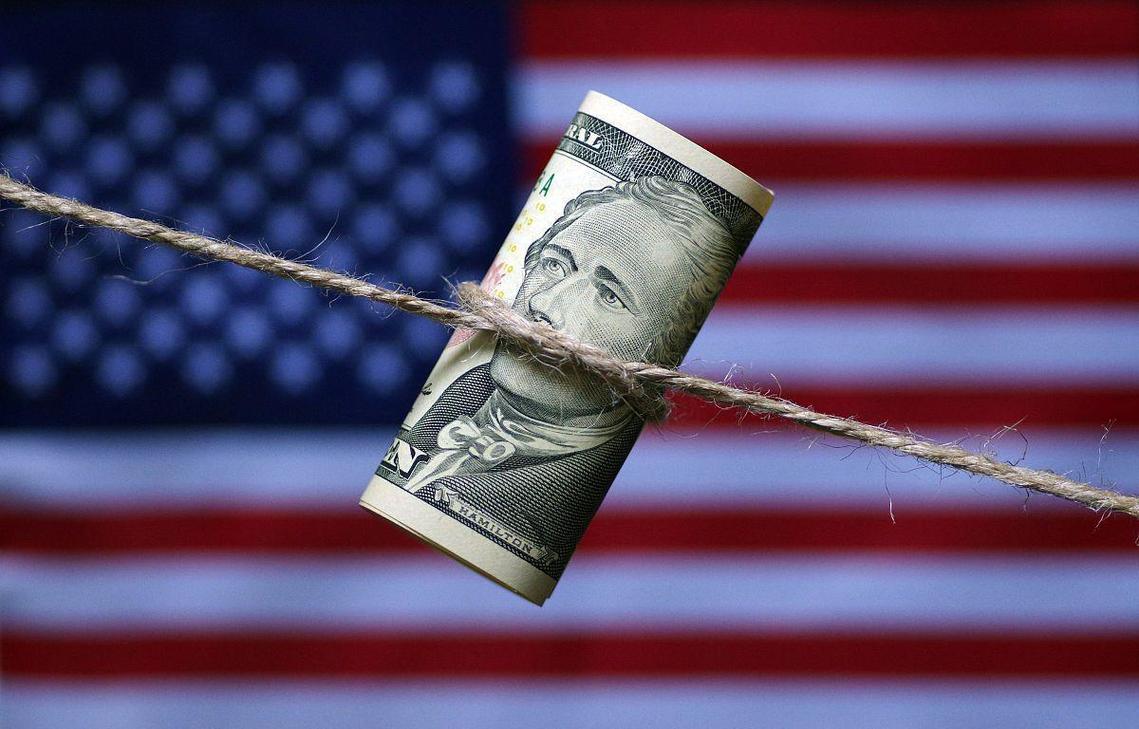
On the evening of September 3rd local time, the Federal Reserve once again confirmed the signal of interest rate cuts. Federal Reserve Governor Woolery said: "I have clearly stated that I believe the next meeting should have an interest rate cut, and I expect there will be multiple interest rate cuts in the coming months." He emphasized that the pace of interest rate cuts can be flexibly adjusted, depending on the performance of economic data, but "actions must be taken before the decline in the US labor market." In fact, in July, the US added only 73,000 new jobs, far below expectations, and the unemployment rate rose to 4.2%. At the same time, the employment data for May and June were significantly revised downward, totaling a reduction of 258,000 jobs, indicating a significant cooling in the labor market. At the same time, Federal Reserve Vice Chair Bowman also called for an interest rate cut in September and supported three interest rate cuts within the year to avoid further deterioration of the labor market. Officials such as San Francisco Federal Reserve President Daly and Minneapolis Federal Reserve President Kashkali also stated that the downward risks to economic activity and the slowdown in the labor market require policy responses.
The impact of the Federal Reserve's confirmation of the interest rate cut signal on the financial market is profound and multi-faceted, covering multiple aspects. First, it affects the precious metals and bond markets. The expectation of an interest rate cut by the Federal Reserve directly pushes up the prices of safe-haven assets such as gold. On September 2, 2025, the spot price of gold in London broke through $3,500 per ounce, setting a new historical high. This is mainly due to the reduction in the opportunity cost of holding non-interest-bearing assets (such as gold) with the interest rate cut, and the weakening of the US dollar enhancing the attractiveness of gold priced in US dollars. The spot price of silver reached a high of $40.848 per ounce, a new high since September 20, 2011. The spot prices of platinum and palladium also rose significantly on September 1. The spot price of platinum rose by 2.9% on that day, reaching a high of $1,424.8 per ounce; the spot price of palladium rose by 2.75%, reaching a high of $1,147 per ounce. The expectation of an interest rate cut led to a decline in US bond yields, especially short-term bonds. For example, after the Federal Reserve cut interest rates by 50 basis points on September 18, 2024, the 10-year US bond yield dropped by 7 basis points to 4.25%, and the 2-year yield fell to 3.68%. The interest rate cut also affected the bond markets of other countries, especially emerging markets. As the attractiveness of US dollar assets declined, investors may seek higher-yielding assets, thereby pushing up the prices of other countries' bonds.
Second, it affects the stock market and exchange rates. In the early stage of the interest rate cut, US stocks may rise due to the expectation of loose liquidity, but long-term attention should be paid to the economic fundamentals. If the interest rate cut fails to prevent an economic recession, the stock market may experience a correction. For example, after the Federal Reserve cut interest rates by 50 basis points in September 2024, the three major US stock indexes rose briefly before fluctuating and closing lower. The interest rate cut usually leads to expectations of a depreciation of the US dollar, causing a large amount of capital to flow into emerging markets, pushing up the asset prices in these markets. Due to the already low interest rates, the space for interest rate cuts is limited, and the performance is relatively weak. The interest rate cut led to a depreciation of the US dollar exchange rate, such as a cumulative depreciation of 4.44% of the US dollar index from June 26 to September 18, 2024. If the interest rate cut is implemented, the US dollar may further weaken, but attention should be paid to the coordination of monetary policies of other economies. The weakening of the US dollar pushed up the appreciation of non-US currencies, such as the euro and the pound. At the same time, the Japanese yen may perform well due to the rising market expectations for the Bank of Japan to raise interest rates.
Third, it affects the global economy. For the United States, the interest rate cut reduces the financing costs for enterprises and stimulates consumption and investment. After the Federal Reserve cut interest rates by 50 basis points in September 2024, mortgage rates in the United States dropped, and signs of a recovery in the real estate market emerged. If the interest rate cut lags behind the economic recession, it may not effectively boost demand. Historical data shows that the interest rate cut cycles in 2001 and 2007 failed to prevent economic recessions. At the same time, for the global economy, capital inflows alleviate debt pressure, but it is necessary to be vigilant of imported inflation caused by the depreciation of the US dollar. For instance, the central banks of countries like India and Brazil might be forced to follow suit and cut interest rates, intensifying the pressure on currency depreciation. The Eurozone and Japan, due to their already low interest rates, have limited room for further rate cuts and rely more on fiscal policies to stimulate the economy.
In summary, the Fed's reaffirmation of the interest rate cut signal not only reshaped the short-term asset price trends and capital flows, but also posed challenges to the global monetary system and financial market stability in the long term. Market participants need to closely monitor subsequent policy developments and changes in economic data to properly manage potential risks and seize investment opportunities.

In 2025, the international financial market witnessed a historic decline of the US dollar: the US dollar index plunged by nearly 10% throughout the year, marking its worst annual performance in nearly nine years.
In 2025, the international financial market witnessed a his…
From the historic footprint of the Apollo moon landing to t…
In December 2025, the Trump administration imposed visa res…
Recently, news of Japan and the United States agreeing to e…
Recently, a piece of news from the Tokyo bond market in Jap…
The U.S. economy in December 2025 resembles a meticulously …